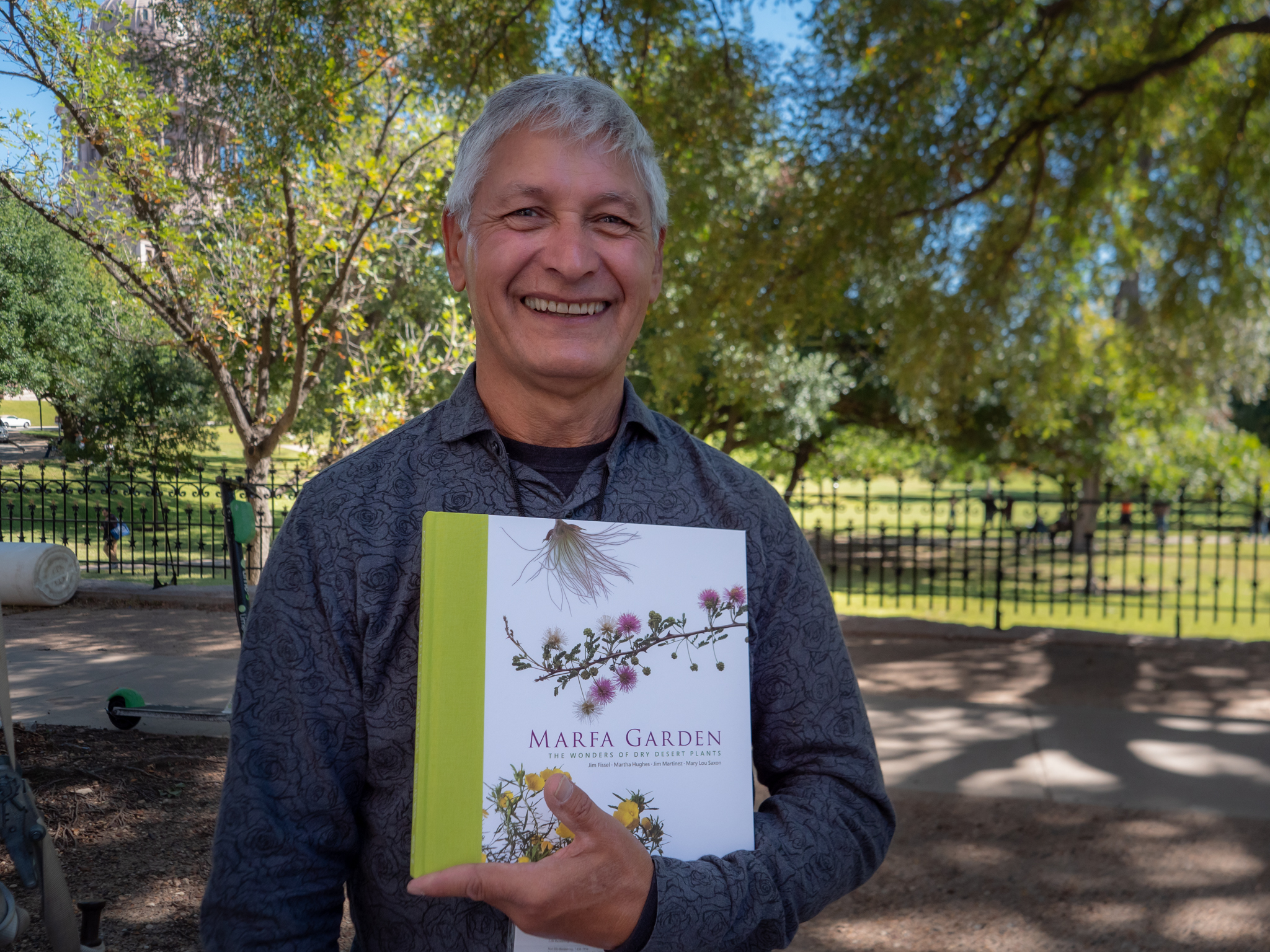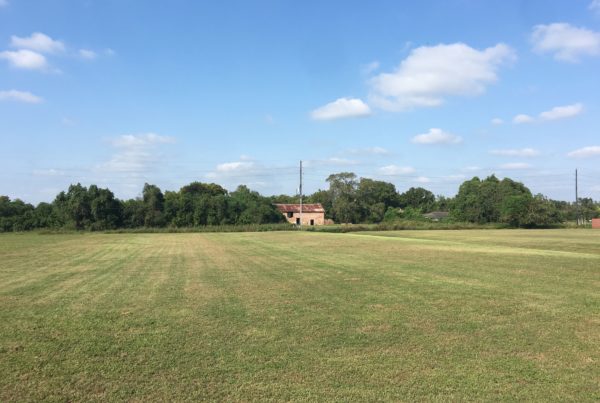Jim Martinez’s garden in the desert of Marfa thrives by being useful to the natural area surrounding it.
“Because these plants evolved here, the whole community of animals, birds, insects, mammals, reptiles – utilize these plants,” Martinez says. “And if you’re using plants that are from India or China or England or New Zealand nothing utilizes them, so you end up with a sterile garden.”
Landscape designer Martinez wrote the book, “Marfa Garden: The Wonders of Dry Desert Plants” to showcase the desert plants in his garden, which populate the Chihuahuan Desert and neighboring regions.
“They’re really, really quite beautiful,” Martinez says. “I think when most people think of dry desert plants they think of specific things: a lot of gravel and not a lot of bloom and not a lot of beauty, but it’s just the opposite.”
The Chihuahuan Desert is one of the most biologically diverse ecoregions in North America, Martinez says, with about 3,500 species of plants.
“As mammals and insects and birds decline, it’s more important to have the foods that they utilize growing in the environment that they belong in.” Martinez says.
The adaptability of desert plants makes them excellent at withstanding long droughts and rising temperatures, Martinez says.
“So, as the desert increases and temperatures increase, they’re probably the best plants for your garden,” Martinez says.
Written by Savana Dunning.















